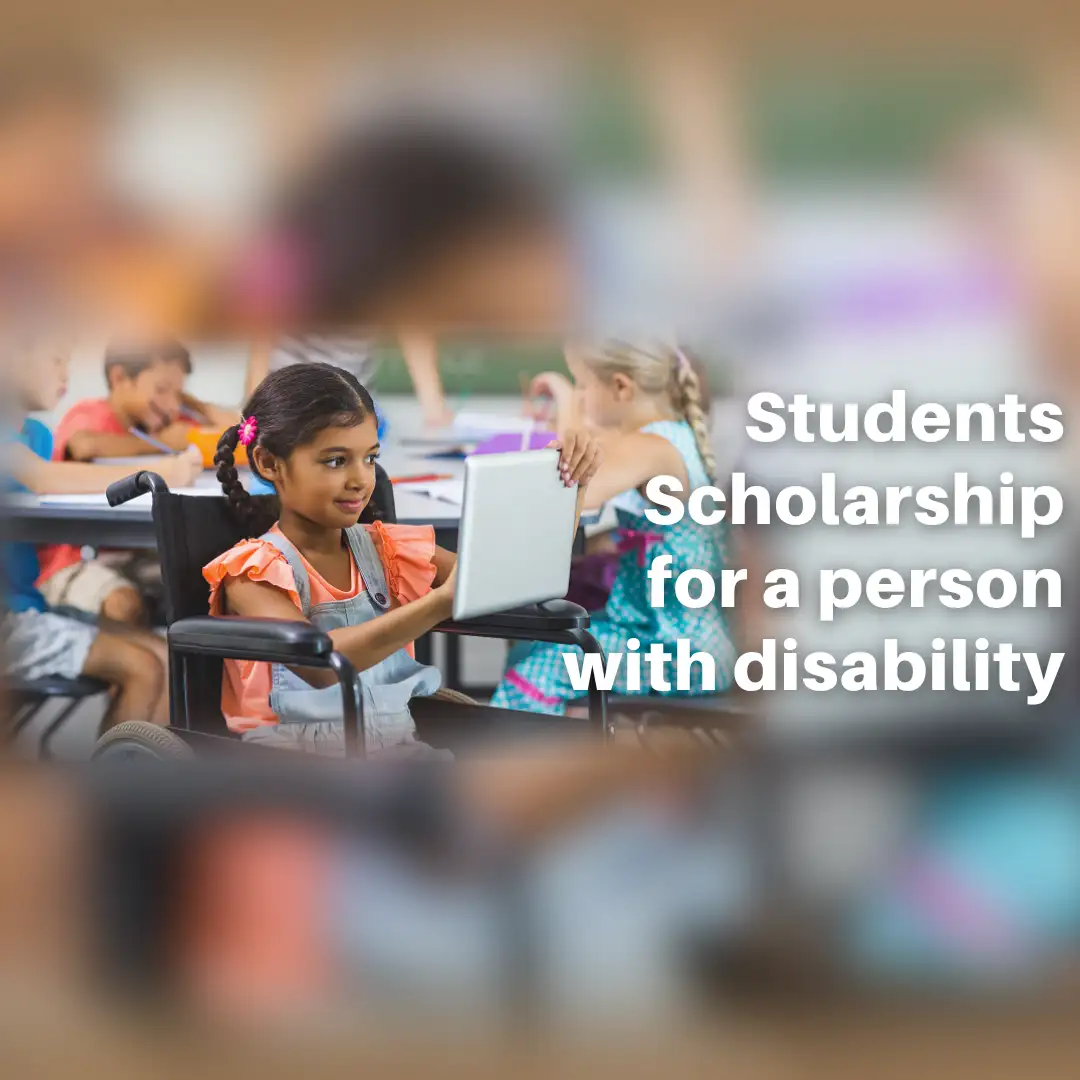As a disabled STEM undergraduate, pursuing higher education can be a daunting task. However, with the right resources and support, you can overcome the challenges and achieve your academic and professional goals. One of the most significant barriers to higher education for disabled students is financial constraints. Fortunately, there are numerous scholarships available to support disabled STEM undergrads. In this article, we will explore the various scholarship opportunities, eligibility criteria, and application processes to help you navigate the world of STEM education.

Introduction to STEM Scholarships for Disabled Students
STEM fields, including science, technology, engineering, and mathematics, are highly competitive and require significant investments of time, effort, and resources. For disabled students, the challenges of pursuing a STEM education can be even more significant. However, there are many organizations, foundations, and government agencies that offer scholarships to support disabled STEM undergrads. These scholarships not only provide financial assistance but also recognize the potential and contributions of disabled students in the STEM community.
Types of Scholarships for Disabled STEM Undergrads
There are several types of scholarships available to disabled STEM undergrads, including:
- Merit-based scholarships: These scholarships are awarded to students who demonstrate academic excellence, outstanding achievements, and a strong passion for STEM fields.
- Need-based scholarships: These scholarships are awarded to students who demonstrate financial need and are designed to support students from low-income backgrounds.
- Disability-specific scholarships: These scholarships are awarded to students with specific disabilities, such as visual or hearing impairments, mobility impairments, or learning disabilities.
- STEM-specific scholarships: These scholarships are awarded to students pursuing specific STEM fields, such as computer science, engineering, or biology.
Scholarship Opportunities for Disabled STEM Undergrads
Some of the notable scholarship opportunities for disabled STEM undergrads include:
- National Federation of the Blind (NFB) Scholarship: This scholarship is awarded to blind or visually impaired students pursuing a degree in a STEM field.
- Association on Higher Education and Disability (AHEAD) Scholarship: This scholarship is awarded to students with disabilities pursuing a degree in a STEM field.
- Disability Scholarship Foundation: This foundation offers scholarships to students with disabilities pursuing a degree in a STEM field.
- Microsoft Disability Scholarship: This scholarship is awarded to students with disabilities pursuing a degree in computer science, engineering, or a related field.
- Google Scholarship for Students with Disabilities: This scholarship is awarded to students with disabilities pursuing a degree in computer science, engineering, or a related field.
Eligibility Criteria and Application Process
To be eligible for these scholarships, students typically need to meet certain criteria, such as:
- Be a U.S. citizen or permanent resident: Most scholarships are only available to U.S. citizens or permanent residents.
- Have a disability: Students must have a documented disability, such as a visual or hearing impairment, mobility impairment, or learning disability.
- Be pursuing a STEM degree: Students must be pursuing a degree in a STEM field, such as computer science, engineering, biology, or mathematics.
- Have a strong academic record: Students must have a strong academic record, with a minimum GPA of 3.0 or higher.
The application process for these scholarships typically involves:
- Completing an online application: Students must complete an online application, which includes providing personal and academic information.
- Submitting transcripts and letters of recommendation: Students must submit official transcripts and letters of recommendation from academic or professional mentors.
- Writing a personal statement: Students must write a personal statement, which outlines their academic and career goals, as well as their experiences as a disabled student.
Frequently Asked Questions (FAQ)
- What is the deadline for applying to these scholarships?
The deadline for applying to these scholarships varies, but most deadlines fall between January and May. - How much funding is available through these scholarships?
The amount of funding available through these scholarships varies, but most scholarships provide between $1,000 and $10,000 per year. - Can I apply to multiple scholarships?
Yes, students can apply to multiple scholarships, but must meet the eligibility criteria for each scholarship. - How are scholarship winners selected?
Scholarship winners are selected based on a variety of factors, including academic achievement, personal statement, and letters of recommendation. - Can I renew my scholarship for future years?
Some scholarships are renewable, but students must meet certain criteria, such as maintaining a strong academic record and continuing to pursue a STEM degree.
Conclusion
Pursuing a STEM education as a disabled undergraduate can be challenging, but with the right resources and support, you can overcome the barriers and achieve your academic and professional goals. The scholarships outlined in this article provide a starting point for disabled STEM undergrads to explore the various opportunities available to them. By meeting the eligibility criteria and following the application process, students can access the funding and support they need to succeed in their academic and professional pursuits. Remember to research and apply to multiple scholarships, and don’t hesitate to reach out to the scholarship providers or your university’s disability services office for guidance and support. With determination and perseverance, you can empower yourself to succeed in the world of STEM education.
Closure
Thus, we hope this article has provided valuable insights into Empowering Disabled STEM Undergrads: A Comprehensive Guide to Scholarships. We hope you find this article informative and beneficial. See you in our next article!